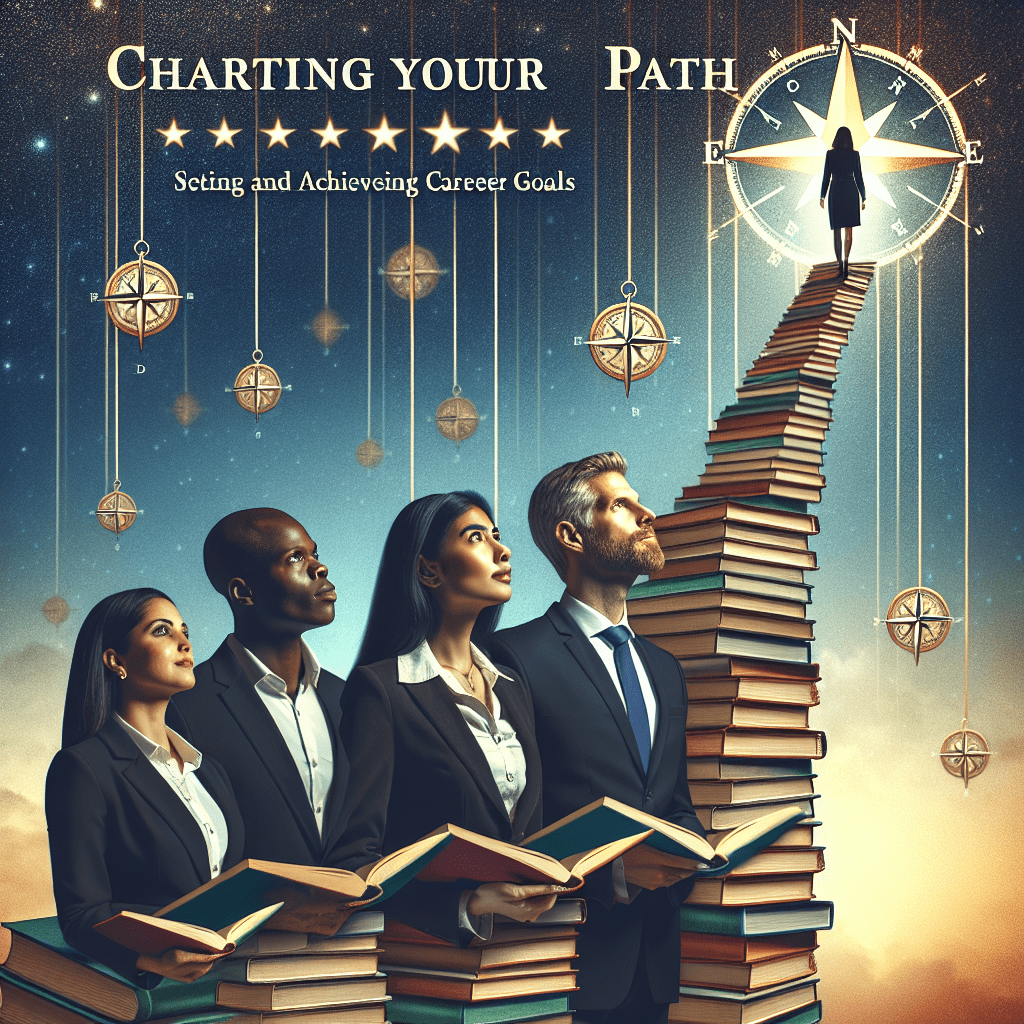Bridging the Gap: Turning Educational Achievements into Career Opportunities

Table of Contents
- Introduction
- Recognizing Transferable Skills
- Networking and Mentorship
- Gaining Real-World Experience
- Tailoring Your Resume
- Conclusion
- FAQs
Introduction
Transitioning from academic achievements to career success is a critical juncture in one’s professional journey. Despite possessing the necessary qualifications, many graduates find it challenging to secure suitable employment. Bridging this gap requires a strategic approach to leverage educational achievements effectively into career opportunities. This article explores practical steps to turn academic success into a thriving professional endeavor.
Recognizing Transferable Skills
One of the fundamental aspects of bridging the gap is identifying transferable skills gained during education. While technical knowledge is essential, soft skills such as communication, teamwork, and problem-solving are equally valuable.
- Communication Skills: Whether it’s writing research papers or presenting projects, effective communication is often honed during academic pursuits. These skills are vital in professional settings where conveying ideas clearly is paramount.
- Team Collaboration: Group projects and study groups teach students how to work effectively with others. Employers highly value the ability to collaborate and contribute to team efforts.
- Problem-Solving: Challenging coursework and complex assignments develop analytical thinking and problem-solving skills. Employers seek individuals who can approach issues methodically and devise innovative solutions.
Networking and Mentorship
Building a professional network and seeking mentorship are crucial steps in transitioning from academia to a successful career. Networks provide insights into industry trends, job openings, and career advice, while mentors offer guidance and support.
Here are some strategies for effective networking and mentorship:
- Attending Industry Events: Conferences, seminars, and workshops are excellent venues to connect with professionals in your field.
- Leveraging Social Media: Platforms like LinkedIn are invaluable for establishing professional relationships, following industry leaders, and joining relevant groups.
- Seeking Alumni Networks: Many educational institutions have alumni networks that offer mentoring programs and networking opportunities.
Gaining Real-World Experience
Real-world experience is often the bridge between educational achievements and career opportunities. Internships, volunteer work, and part-time jobs provide practical insights and enhance employability. Consider the following options:
- Internships: Internships offer hands-on experience and a glimpse into the professional world. They also help build a network of industry contacts.
- Volunteer Work: Volunteering not only contributes to personal growth and community betterment but also demonstrates initiative and commitment to potential employers.
- Part-Time Jobs: Part-time positions, even those unrelated to your field, can develop a strong work ethic and time management skills.
Tailoring Your Resume
A well-crafted resume bridges the gap between your educational background and desired career path. Tailoring your resume to highlight relevant skills and experiences is essential. Here are some tips:
- Highlight Relevant Coursework: Include coursework and projects that are directly applicable to the job you’re applying for.
- Showcase Achievements: Quantify your accomplishments wherever possible. For instance, mention if you led a project that resulted in a significant improvement in a specific area.
- Include Soft Skills: Besides technical skills, emphasize soft skills such as leadership, teamwork, and communication.
- Customize for Each Job: Tailor your resume for each job application to align with the specific requirements and keywords mentioned in the job description.
Conclusion
Bridging the gap between educational achievements and career opportunities is a multifaceted process that requires recognizing transferable skills, building a professional network, gaining real-world experience, and tailoring your resume. By strategically leveraging these elements, graduates can effectively transition into the professional world and position themselves for long-term success. Remember, the journey from education to employment is not merely about meeting job requirements but also about demonstrating how your academic background positions you as a valuable asset in the workforce.
FAQs
Q: How can I identify my transferable skills?
A: Reflect on your academic experiences, such as group projects, presentations, and research. Identify skills such as communication, teamwork, and problem-solving that are applicable in various professional settings.
Q: Why is networking important in transitioning from education to a career?
A: Networking helps you build relationships with industry professionals, gain insights into job opportunities, and receive career advice. It can also provide mentorship and support as you navigate your career path.
Q: What should I include in my resume to make it stand out?
A: Highlight your relevant coursework, achievements, and transferable skills. Tailor your resume for each job application to align with the job description and emphasize both technical and soft skills.
Q: How can internships help in bridging the gap between education and career?
A: Internships provide hands-on experience, industry insights, and networking opportunities. They help you apply classroom knowledge in real-world settings and enhance your employability.
Q: What are some effective ways to gain real-world experience while still in school?
A: Consider internships, volunteer work, and part-time jobs. These experiences develop practical skills, enhance your resume, and prepare you for the challenges of the professional world.



